You can trust Cyclingnews
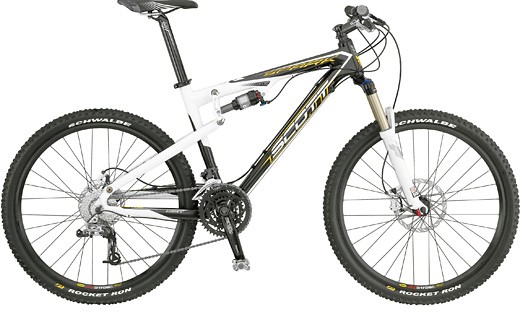
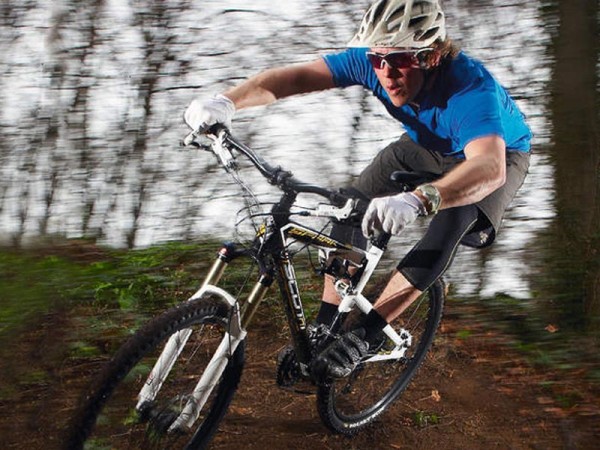
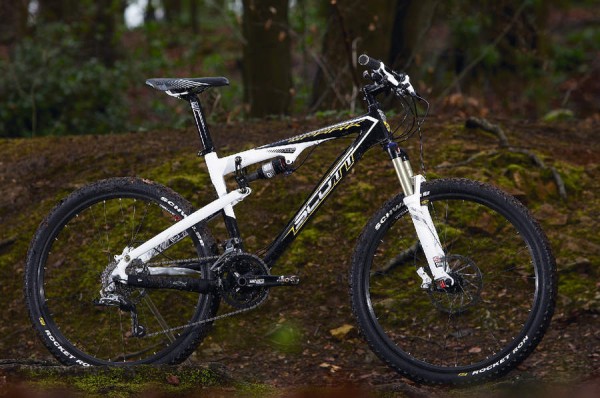
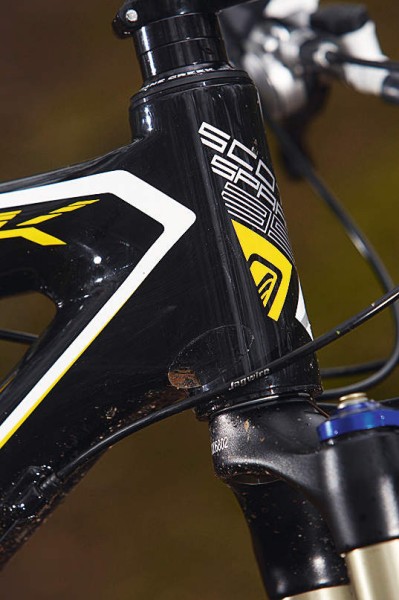
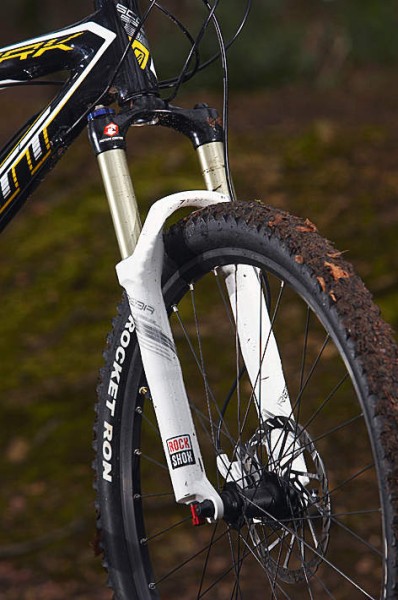
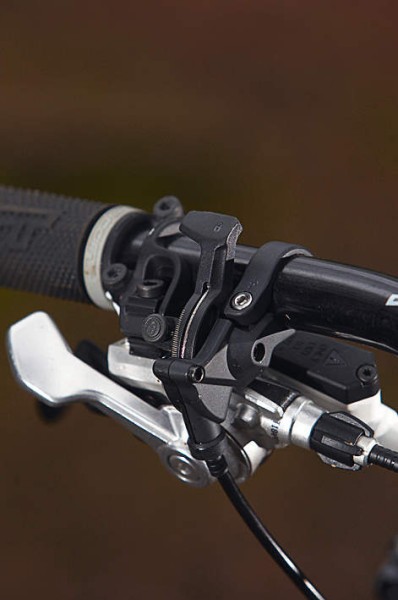
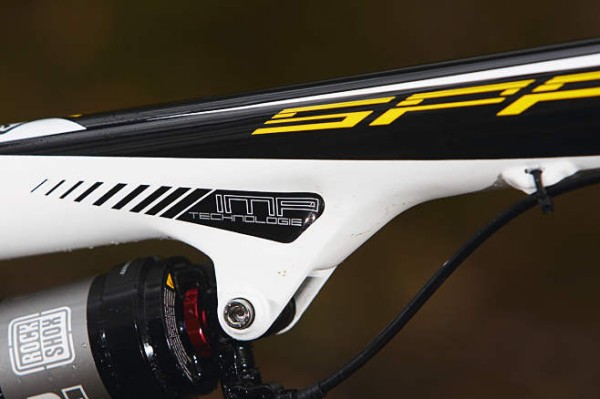
Scott’s Spark 35 will test your preconceptions. Billed as a cross-country race machine, the low weight and racy lines might be enough to turn away many riders more interested in comfort and handling. But wait, what’s this? More than 100mm of rear wheel travel? And a full 120mm fork up front? This is no ordinary racer…
Ride & Handling: race fast but really plush and comfy too
Anyone expecting an old school cross-country race experience, sacrificing comfort for the sake of speed, is in for a rude shock – or perhaps that should be pleasant surprise – with the Spark 35.
The ride position is roomy enough to be efficient, yet high enough at the front to be comfortable for long days in the saddle. Wide bars – the antithesis of cross-country race cool – give plenty of confidence-inspiring control, backed up by the supple liveliness of the fork as the speed increases and the hits get bigger. Relaxed angles put paid to the notion that XC race bikes need razor-sharp handling – the Scott is stable at all speeds, but responds willingly in the tight and twisty stuff.
So it’s plush, easy to live with and goes where you point it – all attributes we don’t necessarily associate with a race machine. But it’s also damn fast.
With a low all-up weight, that rigid carbon mainframe and suspension front and rear that can shrug off anything you can throw at it, this is one of the rare breed of bicycles that wants to be ridden flat out, all the time. The only discomfort you’ll feel is the burning of lactic acid in your leg muscles, because the combination of 110mm-plus of travel and the natural damping characteristics of carbon make for an uncommonly soothing ride over everything from small trail undulations to large, square-edged wheel-eaters.
Few XC race bikes win over riders as easily as the Spark 35, but that’s probably because it’s far more versatile than its race tag might suggest. Whether you ride it flat out in a short-course XC race, tackle a 24-hour event, take it on epic trail rides or simply have a mess about in the woods, it’s a bike that’ll put a grin on any rider’s face. No ordinary racer – and that’s no bad thing.
Frame: carbon mainframe teamed with alu rear end
There’s no doubting the impressively low weight of the Spark 35’s chassis – arguably one of the biggest factors in its ‘race’ tag. The carbon mainframe is a standout feature at this price, giving the Spark a big head start in the weight wars. Scott are proud of their proprietary Integrated Carbon Moulding Process (IMP) technology, which allows the top, head and down tubes to be manufactured in a single step.
Removing the need to join separately manufactured tubes allows Scott engineers to shave material from the head tube junction without compromising strength or stiffness. The result? Tipping the scales at just over 25lb (11.3kg), the Spark 35 proves that a bike with more than 100mm of travel doesn’t have to carry a weight penalty.
But it’s not all space-age tech. The rear end is made from good ol’ aluminium, and it comprises an asymmetric swingarm and chunky, coffin-profiled seatstays driving a pair of nifty, cut-away rocker plates. The welding is functional rather than beautiful, but doesn’t detract from the front triangle’s clean lines.
A bike aimed at speed-obsessed racers needs suspension that’s well controlled under hard pedalling. Scott has equipped the Spark 35 with a pair of RockShox units – a Reba SL fork up front and an Ario 2.R shock at the rear – that offer easy adjustability, plush bump absorption and a lockout feature. The fork’s lockout is a short reach down to the right hand side of the crown, but the rear shock can be disabled with a flick of the button on the bar-mounted remote.
Curiously, we found that the rear shock lockout’s blowout valve – which allows some movement over big hits – could create a disconcerting bounciness under fast, seated pedalling. Still, for sprinting and hill climbing it’s a useful option that most riders will appreciate.
Equipment: great spec needs no upgrading
Scott’s good-looking own-brand finishing kit provides all the rider contact points, while the Schwalbe Rocket Ron tyres keep the bike planted and rolling. We’ve no complaints about the SRAM-based transmission either, but if you’re switching from Shimano bar shifters you may miss the gear indicators.